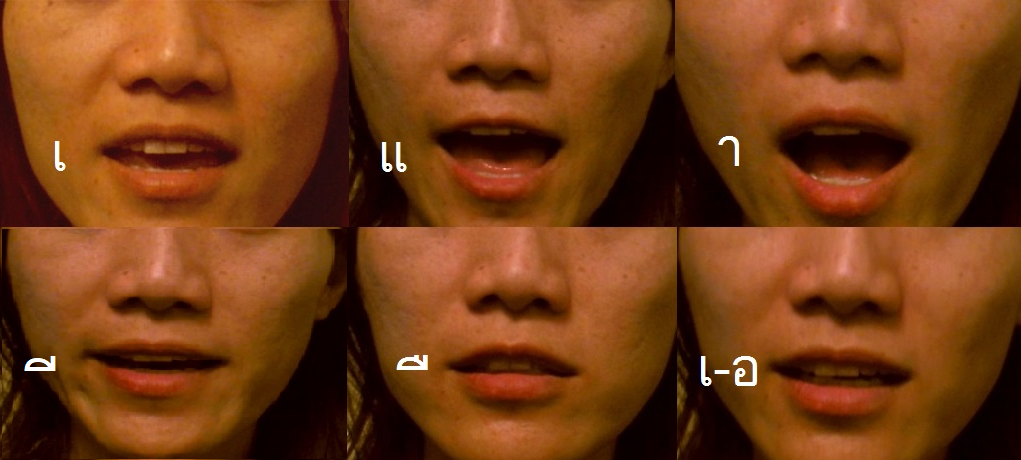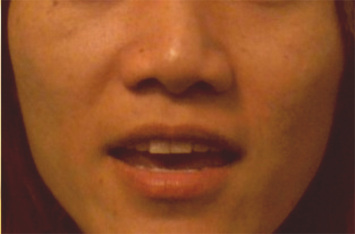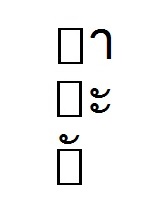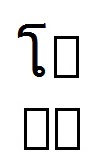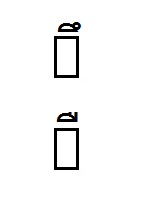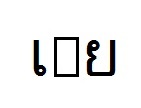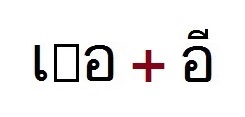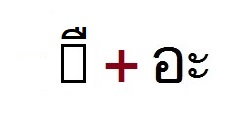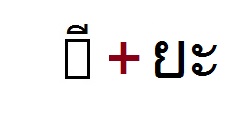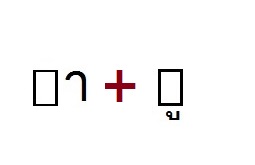Pronouncing the Vowels
Pronouncing the Vowels
It is absolutely essential to pronounce the vowel sounds accurately in order to be understood.
Thankfully, the vowel sounds in Thai are very consistent, they do not change depending on your region, as in English. There are regional dialects in Thailand, of course, but if you pronounce the vowels in particular the ‘standard’ (middle-country) way then you will be universally understood.
There are only nine vowel shapes in Thai. All the vowels are made up of short (cut-off) or long versions of these sounds, or of two vowel sounds pronounced in sequence (“dipthongs”). This article is a summary for your reference and practice.
If you haven’t already watched the videos on youtube then watch them now.
| Exaggerated ‘farang’ version and explanations | The normal Thai way of pronouncing the vowels |
HERE ARE THE NINE SHAPES.
Practice them in an exaggerated way until you develop a muscle memory for the feeling of each shape. Stretch your muscles so that they feel tired after a minute or two (otherwise you’re not doing it right)! It may feel a bit silly to talk in such an exaggerated potato-in-mouth way (in fact, it should!) but it’s normal for Thai people, just like it feels quite normal and natural for us to stick our tongues out when pronouncing “th” in English. We need to train our mouth muscles so that these shapes eventually feel normal and comfortable if we want to be able to enunciate Thai clearly.
If a Thai person compliments you by saying พูดเก่งนะ then they’re just being polite:”hey, good effort (but I still don’t understand you)!” However, if someone says พูดชัด then you know you’ve arrived:you speak clearly enough that they can actually hear what you’re saying.
VOWEL/SHAPE COMPARISONS
